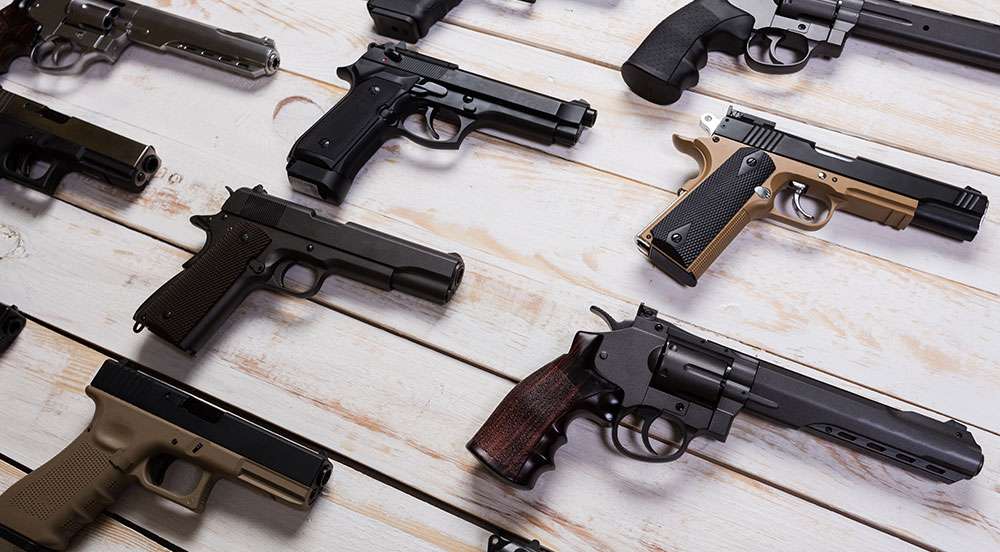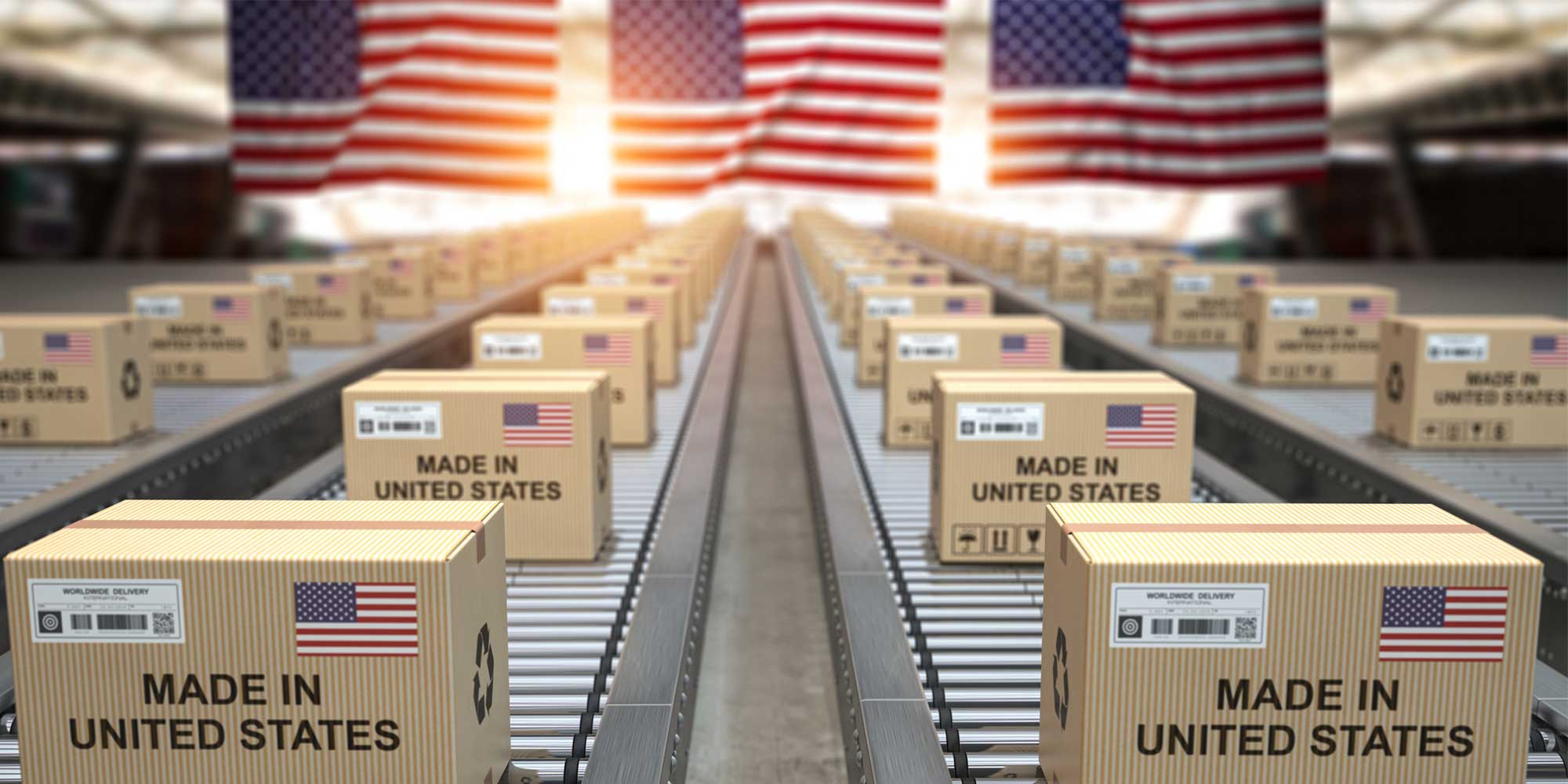Have you wondered what the regulatory requirements are for exporting a firearm from the United States? Here are the 6 things you need to know.
United States Government Approval
- A BIS-748P export license issued by the Department of Commerce, Bureau of Industry and Security (BIS) is required to export non-automatic and semi-automatic firearms and shotguns with barrel lengths of less than 18 inches. A BIS-748P license is also required to export shotguns with barrel lengths of 18 inches or greater to all but 30 countries. BIS-748P applications are submitted through the SNAP-R System. A free-of-charge SNAP-R account must be created prior submitting a license application.
- A DSP-5 export license issued by the Department of State, Directorate of Defense Trade Controls (DDTC) is required to export fully automatic firearms, fully automatic shotguns, or firearms using caseless ammunition. The DSP-5 application is submitted through the DECCS System. A company must register with DDTC prior to submitting a license application.
- In addition to an export license, a Form 9 permit approved by the Bureau of Alcohol, Tobacco, Firearms and Explosives (ATF) is required to export a firearm controlled under the National Firearms Act (NFA). These include (but are not limited to) fully automatic firearms, fully automatic shotguns, and rifles with a barrel length less than 18 inches. The Form 9 is submitted through the eForms System or via hardcopy after the export license has been issued. A company must be registered with ATF prior to submitting an application.
Import Permit
An import permit, import license, or import certificate (these terms are often used interchangeably) issued by the foreign purchaser’s government is most likely required to allow the purchaser to import a firearm. These documents vary by country and may even vary by the type of purchaser.
 In many countries, the type of firearm may affect the type of import permit required and some firearms that are legal in the United States cannot be imported at all into certain countries. For instance, semi-automatic ARs cannot be imported into Canada and New Zealand (and a number of other countries) if they are intended for civilian use. BIS and DDTC require you to obtain a copy of the permit from your foreign purchaser prior to shipment.
In many countries, the type of firearm may affect the type of import permit required and some firearms that are legal in the United States cannot be imported at all into certain countries. For instance, semi-automatic ARs cannot be imported into Canada and New Zealand (and a number of other countries) if they are intended for civilian use. BIS and DDTC require you to obtain a copy of the permit from your foreign purchaser prior to shipment.
Schedule B Number
A Schedule B number is used by the U.S. Census Bureau to classify goods that are exported. The correct Schedule B number for the type of firearm being exported is required when completing an AES filing (discussed below). The United States Census Bureau provides a list of Schedule B numbers on their website. They also have a search feature here to help you find the correct Schedule B number for the firearm you plan to export.
Carrier / Freight Forwarder
Some international freight carriers will accept firearms for export while others will not. These restrictions may vary by the country of destination. Certain shipments may have to be handled by a freight forwarder instead of the U.S. Postal Service (USPS) or a commercial courier service such as FedEx, UPS, etc. Make sure that the carrier you plan to use will handle the shipment.
AES / EEI Filing
Any shipment that requires a BIS or ITAR export license must be cleared for export by filing Electronic Export Information (EEI) with the U.S. Customs and Border Protection through the Automated Export System (AES).
For firearms (regardless of barrel length) or for shotguns with a barrel length less than 18 inches which are approved on a BIS license, the AES description must start with “0A501.a”, “0A501.b”, or “0A502 barrel length less than 18 inches” as applicable. Freight forwarders often submit AES filings on behalf of the exporter. USPS and commercial carriers may require the exporter to submit the filing on their own. Be sure you know in advance who will be responsible for the AES filing.
Commercial Invoice
A commercial invoice is required to be included with the shipment by U.S. Customs and the foreign country’s Customs. At a minimum, the commercial invoice should include the following information:
- Invoice Number
- Date
- Name and address of the exporter
- Name and address of the foreign party (ship-to address)
- Exporter’s product number(s)
- Description of the product(s)
- Quantity of each product
- Unit price of each product
- Extended price of each line item (i.e., unit price multiplied by quantity of units)
- Any additional charges such as shipping, handling, insurance, licensing, etc.
- Total value of all products plus any additional charges
- Destination Control Statement as required by 758.6 of the EAR and §123.9 of the ITAR:
“These items are controlled by the U.S. Government and authorized for export only to the country of ultimate destination for use by the ultimate consignee or end-user(s) herein identified.
They may not be resold, transferred, or otherwise disposed of, to any other country or to any person other than the authorized ultimate consignee or end-user(s), either in their original form or after being incorporated into other items, without first obtaining approval from the U.S. government or as otherwise authorized by U.S. law and regulations.”
Other suggested information to include on the commercial invoice:
- Country of origin
- Schedule B number
- IncoTerm
- Payment terms
- Mode of transport
- Import agent (if applicable)
Does this sound too complicated? EasyExport may be able to take care of the process for you.






